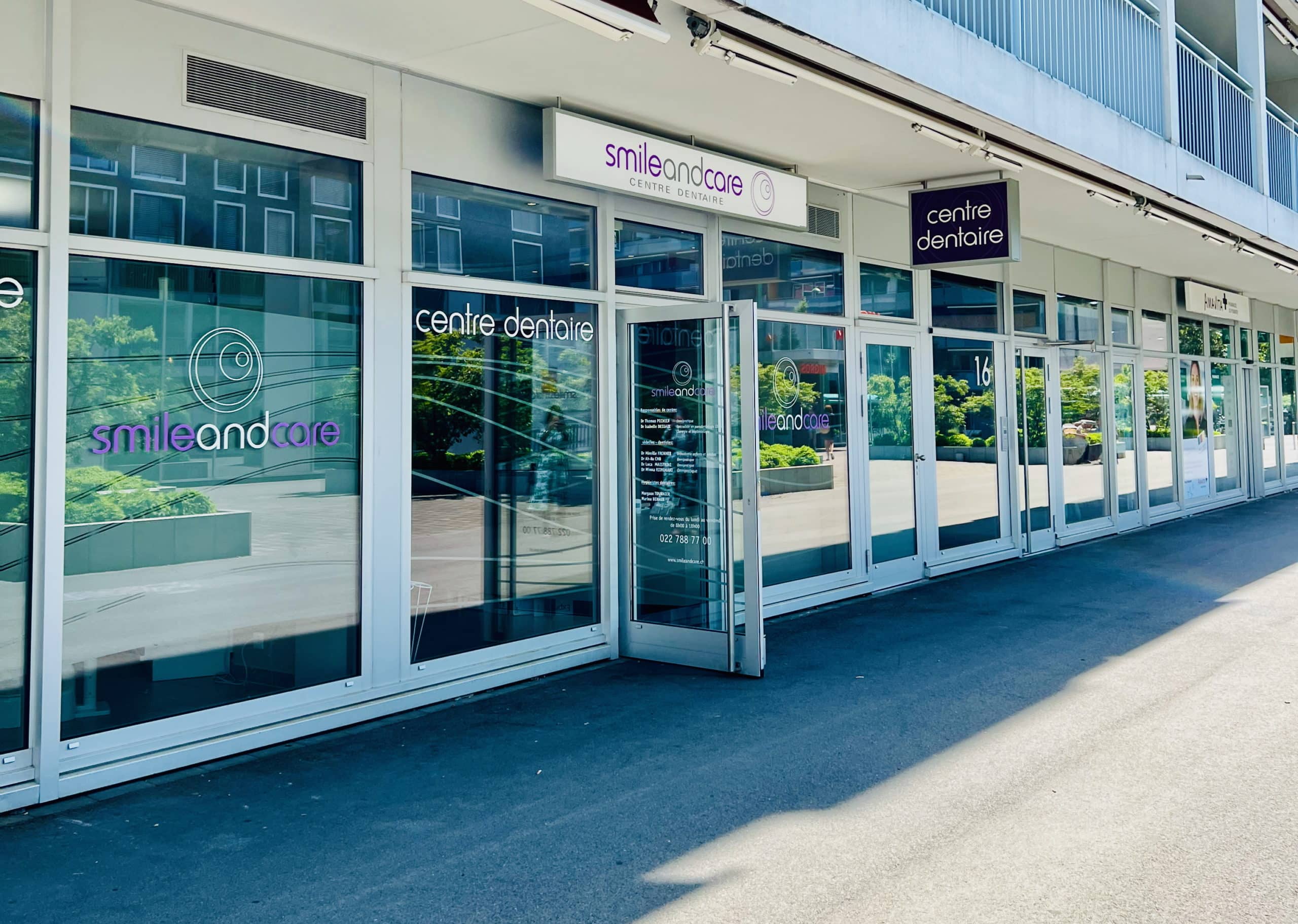
The Quicksleeper
The QuickSleeper is an innovative electronic system designed for the administration of intra-osseous anaesthesia in dentistry. It has the following advantages:
- Increased efficiency: Anaesthesia is immediate, allowing for interventions without waiting time.
- Patient comfort: The injection is virtually painless, and the absence of numbness in the soft tissues makes for a more pleasant post-operative experience.
- Precision: Electronic control of the injection allows precise administration of the anaesthetic, reducing the risk of overdose or anaesthetic failure.
- Versatility: Suitable for various dental procedures, including extractions, endodontic treatments and procedures on children.

At Smile and Care, we use a dental dam
A dental dam is a medical device used mainly in dentistry to isolate one or more teeth from the rest of the oral cavity during specific procedures. It is a thin, flexible sheet, usually made of latex or polyurethane, which is completely impermeable.
It allows for:
- Isolating the tooth to be treated: It creates a barrier between the targeted tooth and the rest of the mouth, thus keeping the work area free of saliva and bacteria.
- Improving visibility and access: By pushing aside the surrounding soft tissue, it offers the practitioner a better view and easier access to the tooth in question.
- Preventing contamination: It prevents the instruments and materials used from entering the mouth or being accidentally ingested by the patient.

Treatment with composite
Composite resin is a dental restoration material commonly used to treat tooth decay.
The cleaned carious cavity is filled with composite resin, which is then hardened using UV light.
The surface is then polished to match the natural tooth.

Benefits of the composite
Aesthetics: The composite can be tinted to match the natural colour of the tooth, offering a discreet result.
Preservation of tooth structure: This technique requires less removal of healthy material compared to traditional amalgams.
Versatility: Composites allow for the aesthetic restoration of teeth after wear, breakage or decay.
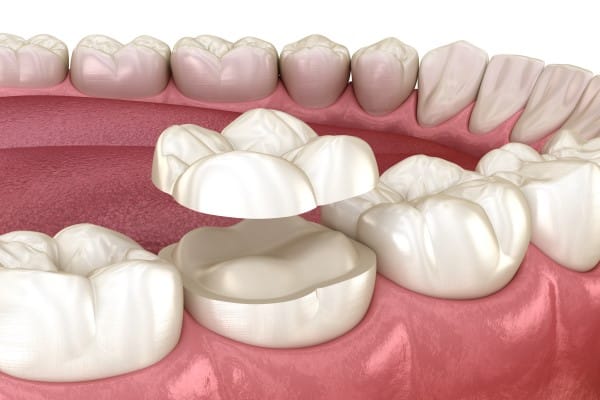
Onlay treatment
The resin onlay is an indirect restoration used when the loss of tooth substance is too great to be filled by a direct composite filling. It is made in a laboratory from a mould of the tooth and then cemented in place.
After the decay has been removed, an impression is taken of the tooth.
The onlay is designed in the laboratory to fit perfectly into the prepared cavity.
During a second session, the onlay is cemented onto the tooth.
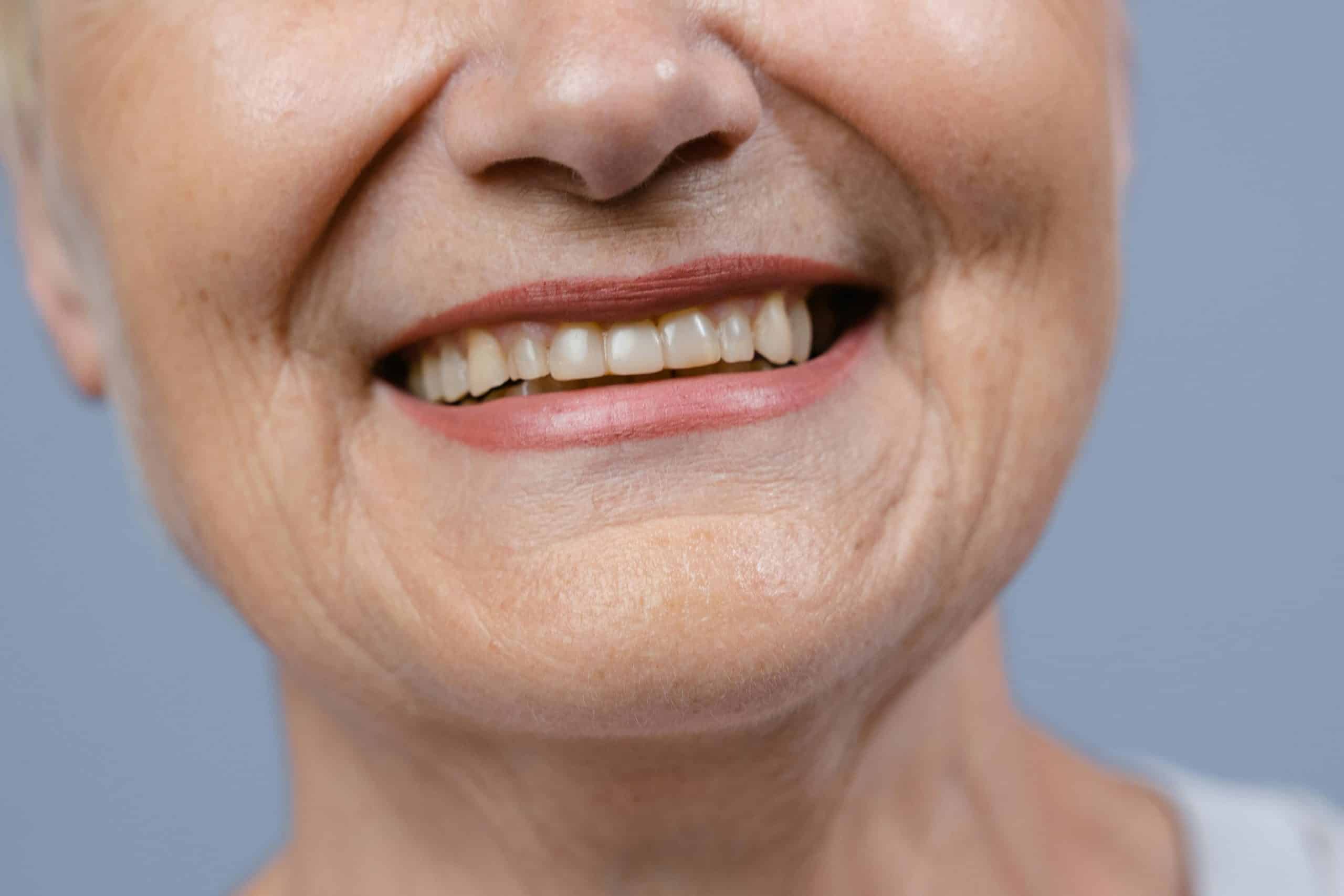
Benefits of the onlay
Durability: Onlays are more resistant and durable than direct fillings, strengthening residual dental tissue.
Preservation of the tooth: They make it possible to preserve more of the healthy tooth structure compared to crowns.
Precise adaptation: The onlay offers a precise fit, reducing the risk of recurrent decay and ensuring a good point of contact with the adjacent teeth.

Composite or onlay?
The choice between a composite filling and an onlay depends on the extent of the decay and the remaining tooth structure. Composites are ideal for small to medium cavities, while onlays are recommended for more extensive restorations requiring increased strength.
It is essential to consult your dentist to determine the most appropriate solution for your specific situation.
Our before-and-afters
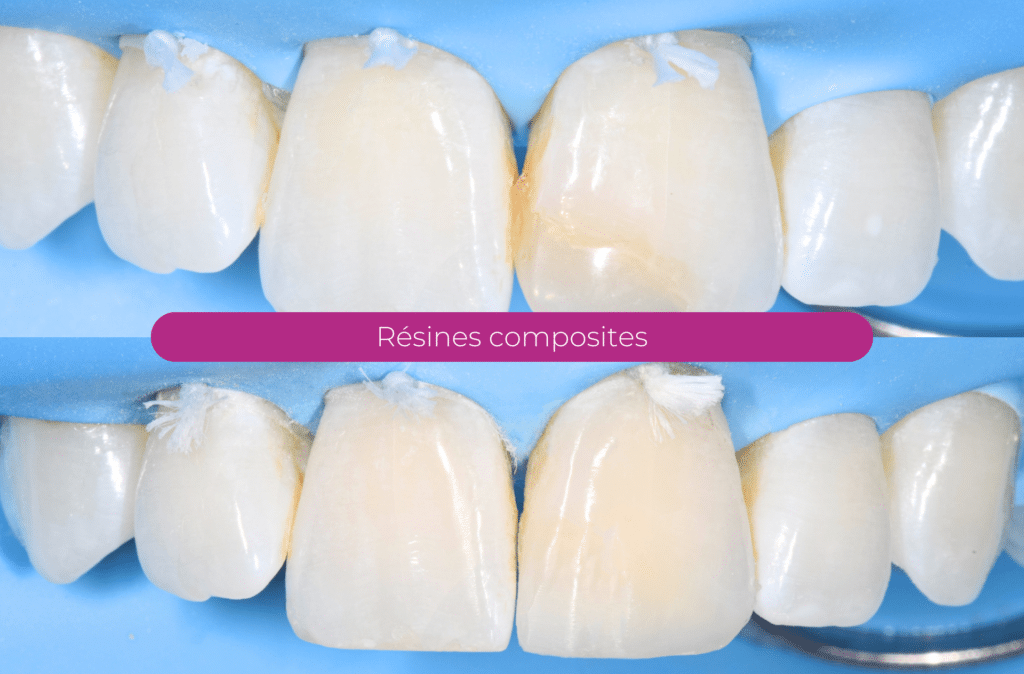




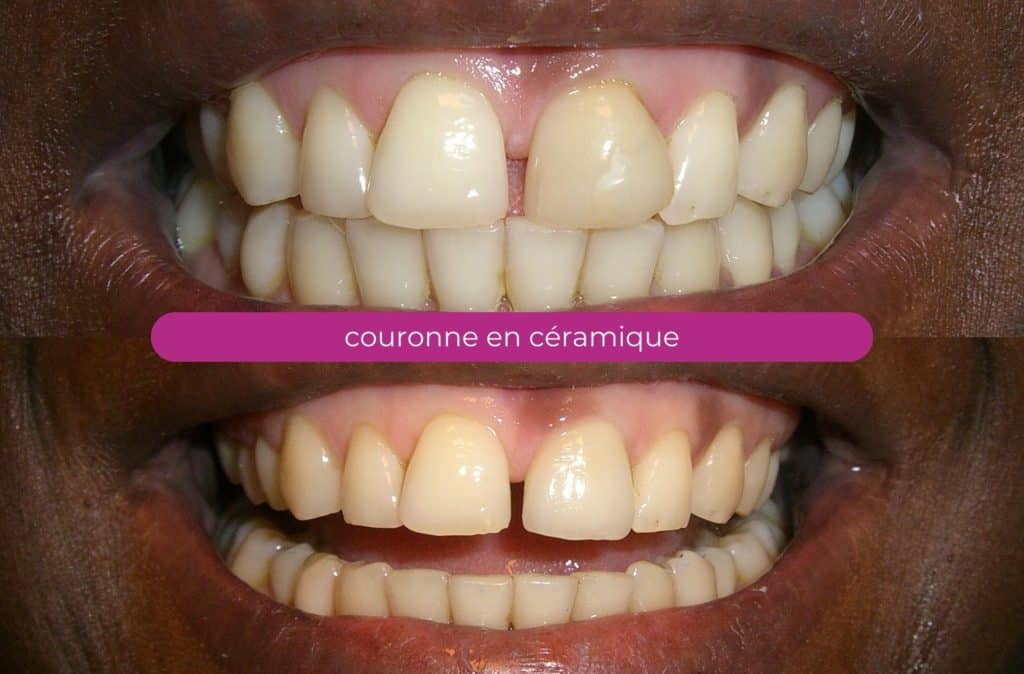
Make an appointment at one of our two clinics
